Happy 🌷🌹🌸 Spring!! When my kids were preschool-aged, their wonderful teachers always encouraged them to notice the signs of a new season, and it’s a practice we’ve continued. Even though they’re big and busy now, I love when they slow down to point out a tuft of bright green grass or the first hint of tulips in a neighbor’s yard. Amidst soccer games and piano lessons, these little things are worth celebrating.
And in the spirit of celebration, I’ve got a special post for you today. I’d like to introduce Sarah Miller, the creator of the newsletter Can We Read?
I was introduced to Sarah’s incredible newsletter through my dear friend Darcy, and I’m so grateful. As I’ve mentioned, I thought about The Magic Book House for a long time before I took the plunge, and Sarah’s encouragement helped bolster my confidence. Now, I’ve decided she’s my mentor😂 and I frequently badger her for advice.
About her own newsletter: To say Can We Read? is a valuable resource would be an understatement.
Her passion for and knowledge of children’s literature simply shine from each post, and she provides incredible strategies for raising readers and developing a culture of reading in your home. Over the past few years, she’s interviewed amazing authors and illustrators, and her thoughtful commentary has expanded my own reading world.
I’ll let her take it from here:
Hello there, good readers of Magic Book House! I’m Sarah Miller, creator of Can we read? – a weekly guide to children’s books, raising readers, and how to build a culture of reading in your home.
I met Katie last year when she contacted me out of the blue to talk about Substack, children’s books, and how to combine the two, and I’m so glad she did – especially since the work she does fills a real gap for caregivers looking for books for older readers, whether to help guide them to great chapter books to explore on their own, or gather ideas for captivating read-alouds.
Here are a few of my own suggestions, tried and tested over the past few years with my own children, who are now 8 and 6yo. We still read a ton of picture books – in fact, last fall I made a case for continued picture books even when your child can read independently or seems to be well past the age and stage for that medium – but chapter books have been a part of our family reading life since they were toddlers and were just starting to develop the ability to listen for longer periods of time. This is the reason – the varying degrees to which the habit of attention is cultivated and grows, which happens differently for each child and within each family – I never attach age ranges for recommended titles. Rather, my advice is to use your own best judgment. Your mileage may vary, of course (I love that phrase), but I hope you find something here that will lead you and your family into that priceless, unmatchable experience of falling deep into a great read-aloud, together.
Too Small Tola by Atinuke, illustrated by Onyinye Iwu (2020)
This charming episodic chapter book comprises three short stories about tiny Tola, her bossy Grandmommy, her supersmart sister Moji, and her fast, football-obsessed brother, Dapo, and the things that happen them in their life together in Lagos, Nigeria. These tales, told with all the freshness and honesty of a small girl in a huge city, are full of heart and humor — whether it’s enduring a marathon of errands with Grandmommy, bringing water from the pump when the faucets in the apartment break, watching an elder stand up to a bully, or helping out a friend in need, Tola proves again and again that she may be small, but she’s mighty — and it makes for a mighty fine, delightful read.
Lady Lollipop by Dick King-Smith (2000)
Dick King-Smith is probably best known (at least in the U.S.) for Babe: The Gallant Pig, which is probably best known because of the movie that came out a few years later in the mid-90s, Babe. (I still think that movie is cute and funny.) Turns out, though, that King-Smith was an extraordinarily prolific author (I mean like, 2-8 books PER YEAR from 1978-2007), and an overwhelming theme of his work is animals, particularly pigs.
Lady Lollipop is one such pig tale: a straightforward yet highly enjoyable story about a spoiled princess who wants to keep a pet pig; her royal parents, whose personalities and weaknesses (or not) when it comes to their daughter are hilarious and add much to the story; and the humble stable boy who is hired to not only palace-train the pig but also train the princess. This is on a higher level than beginning read-aloud chapter books — meaning, probably too hard for preschoolers to pay attention to unless they are used to pages without pictures, though Jill Barton’s wonderful illustrations appear on almost every other page — but perfect for an early elementary read-aloud or independent read for perhaps 3-5 grade, depending on the strength of your reader. Regardless, this title is an entertaining romp and I think, probably an excellent introduction to the large world of King-Smith.
Ariki and the Giant Shark by Nicola Davies (2018)
This fast-paced novel about an orphan girl living on Turtle Island (an island amongst many in what is clearly Oceania, long ago, definitely pre-contact) is one to add to your library holds or bookstore to-buy list basically immediately – the night we began reading this at dinner, to save us from ourselves, we didn’t (couldn’t) put it down until past bedtime, 10 chapters later.
One day, Ariki, who feels a special connection with the sea, is out swimming inside a reef protected from the deeper ocean, where there are normally only nihui — small, menacing sharks — when she encounters a shark so enormous it’s nearly otherworldly. When she reports this strange encounter, no one believes her, not her grumpy guardian, the wise man Arohaka the Star Walker, not even her best friend Ipo, a boy with skin and features that are entirely white. While chasing a wild pig down a long tunnel, Ariki finds a cave — and makes a pivotal discovery that helps her understand why the great shark approached Turtle Island, and what she needs to do about it now.
Can Ariki convince her people — including the combative Queen Manatui, who wants to attack Wahine, the great shark Ariki has now mentally communed with — that the shark needs their help? Is one small person big enough to make a difference?
You’ll have to read this compelling mystery-adventure novel to discover whether or not Ariki — a courageous girl who knows who she is, even if almost no one else can see it — triumphs, and what becomes of the great shark. (If you have a Moana fan: do not miss this one!)
Arabel's Raven by Joan Aiken, illustrated by Quentin Blake (1972)
If, in looking at this book’s cover, you think, what goofiness is this? Your instincts are spot on — this goofy story about a girl and her pet raven is told with perfect 1970s verve. (I recommend it on audio for full goofiness factor, unless you are particularly adept at both a British accent and squawking like a large, unruly bird.)
When Arabel’s taxi-driver father comes home one day with an injured raven, it’s love at first sight for both Arabel, a little girl, and Mortimer, an enormous, loud, black bird. Broken down into three episodic stories, each detail the complete (and hilarious) chaos Mortimer wreaks wherever he goes. Mortimer’s propensity for pure mayhem (as well as his voracious appetite, a habit of answering the telephone by screeching — of course — “Nevermore!” and his total inability to be tamed by anyone but loving, patient Arabel), along with Quentin Blake’s signature blank ink drawings, will delight anyone under 12… along with whoever is reading it aloud. This is a quick, super fun, riotously funny read.
A Boy Called Bat by Elana K. Arnold (2017)
This is how my children and I came to read — or, more accurately, tear through — A Boy Called Bat: one Sunday night, I was browsing the tall bookcase in my guest room where I keep chapter books, and I plucked this off the shelf because I remembered picking it up at a library sale but never really looked at it.
Fast forward 30 minutes and 1/3 of the book later, and I hadn’t removed my face from its pages even once; I brought it to bed with me to keep reading — and the next morning I think I woke my eldest up by saying, “I FOUND A GREAT NEW BOOK FOR US TO READ, YOU’RE GOING TO LOVE IT, IT’S ABOUT A BOY AND A BABY SKUNK, LET’S START IT TODAY.” She refused (calmly and in lower case), advocating to finish our current read-aloud first, so we compromised by agreeing to that, but also looking on Hoopla to see if Bat was available on audio: it was, and we started listening immediately, and in the five minutes it takes us to drive to school, she was hooked, her sister was hooked, and I was waiting impatiently to catch up to the part where I’d forced myself to stop the night before.
This is all to say: this is highly enjoyable story about a little boy called Bat, whose life is turned topsy-turvy (in the best way) one day when his veterinarian mother brings home an orphaned skunk kit that needs a home for a short time before he can be sent to a wildlife rehabilitation center. Bat — who has autism — thrills at the chance to be the skunk kit’s caretaker, and the story centers around his sweet determination to be a good one, as well as all the things in Bat’s life that sort of get in the way (his every-other-weekend time with his dad, his mother’s insistence that they cannot keep the skunk kit, his reluctance to trust a potential friend with the baby).
Normally I might find the best part about this book to be the fact that Bat’s autism is a holistic part of the narrative (i.e., this is not “a story about a boy with autism”), which is both unique and refreshing, but no — the best part about this book is the story that just completely sucked me, us, in. It’s the first in a trilogy – I highly recommend all three.
Mrs. Frisby and the Rats of NIMH by Robert C. O’Brien (1970)
From the moment my kiddos and I finished this book, I started raving about it and pretty much haven’t stopped since. (Maybe you’ve seen the 1982 film and so think you know this one, but let me challenge you to take this book on its own. There are differences, as there always are, between the page and the screen, and the book is – unsurprisingly, of course – better.)
The tale itself is creative and in many places, riveting — a single mother, Mrs. Frisby, must figure out how to save both her home and her ailing son before the cold weather sets in and a plow comes through to till the soil. She summons an enormous amount of courage and begins on a path — figuratively and often literally — to solving the problem, mostly by enlisting the unlikely help of a group of super rats, whose brains and bodies have been chemically altered in a medical lab (hence NIMH, the National Institute of Mental Health). Readers big and small will get sucked into the double narrative: will Mrs. Frisby be able to save her house and her family in time? And what will happen to the physically and mentally turbo-charged rats, who want to move off the farm to live in peace?
O’Brien’s gripping story won the Newbery Medal, among several other major awards, when it was published in 1970, but 52 years has not dulled its inventiveness or its appeal even one iota. I wasn’t sure my children — or I, for that matter — were going to be into science fiction, and science fiction about rats, no less, and I was dead wrong: this is one of our favorite reads of 2022. I’m just going to keep on raving about it.
Thanks to you for reading this guest post, and to Katie for inviting me to do it (as well as being such a lovely and supportive Substack friend).
Happy reading!
Sarah
Thank you, Sarah!
And thank you, MBH readers! Wishing you hours and hours of reading magic. ✨

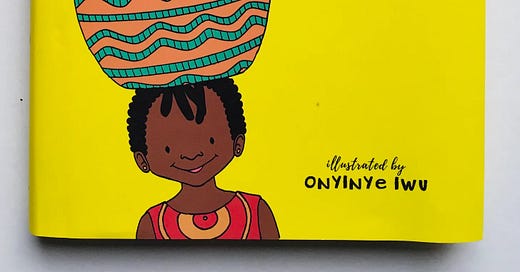




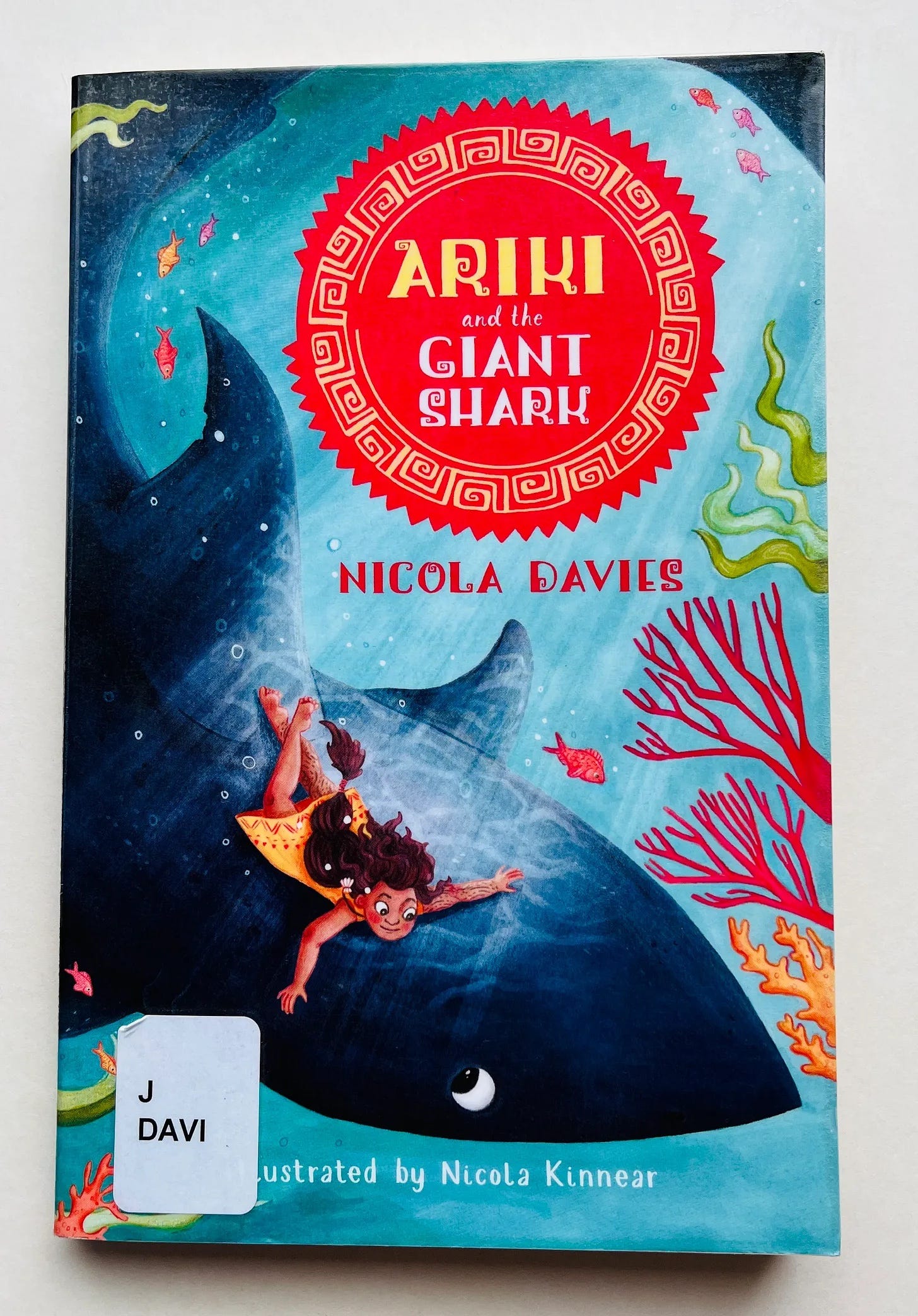
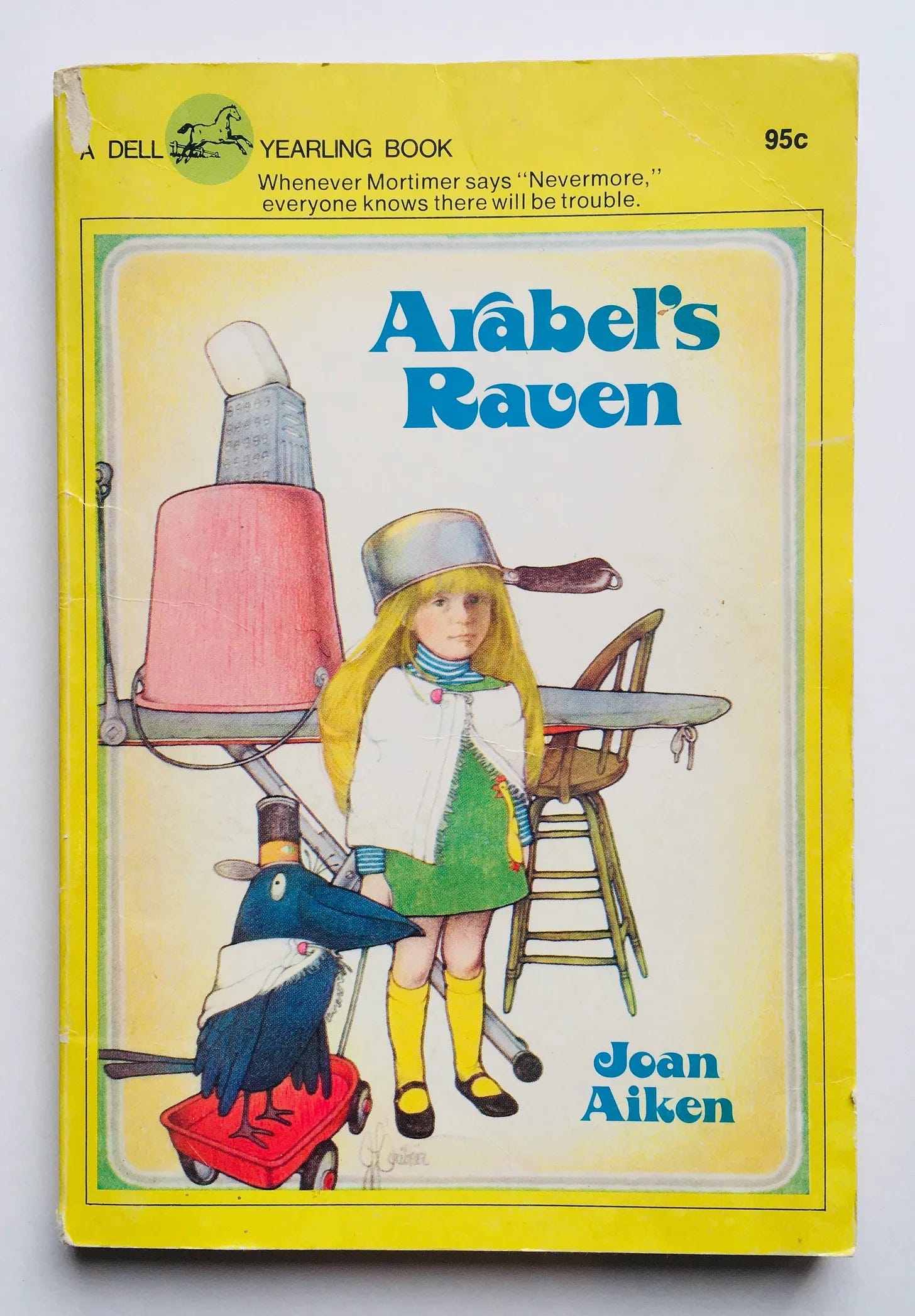
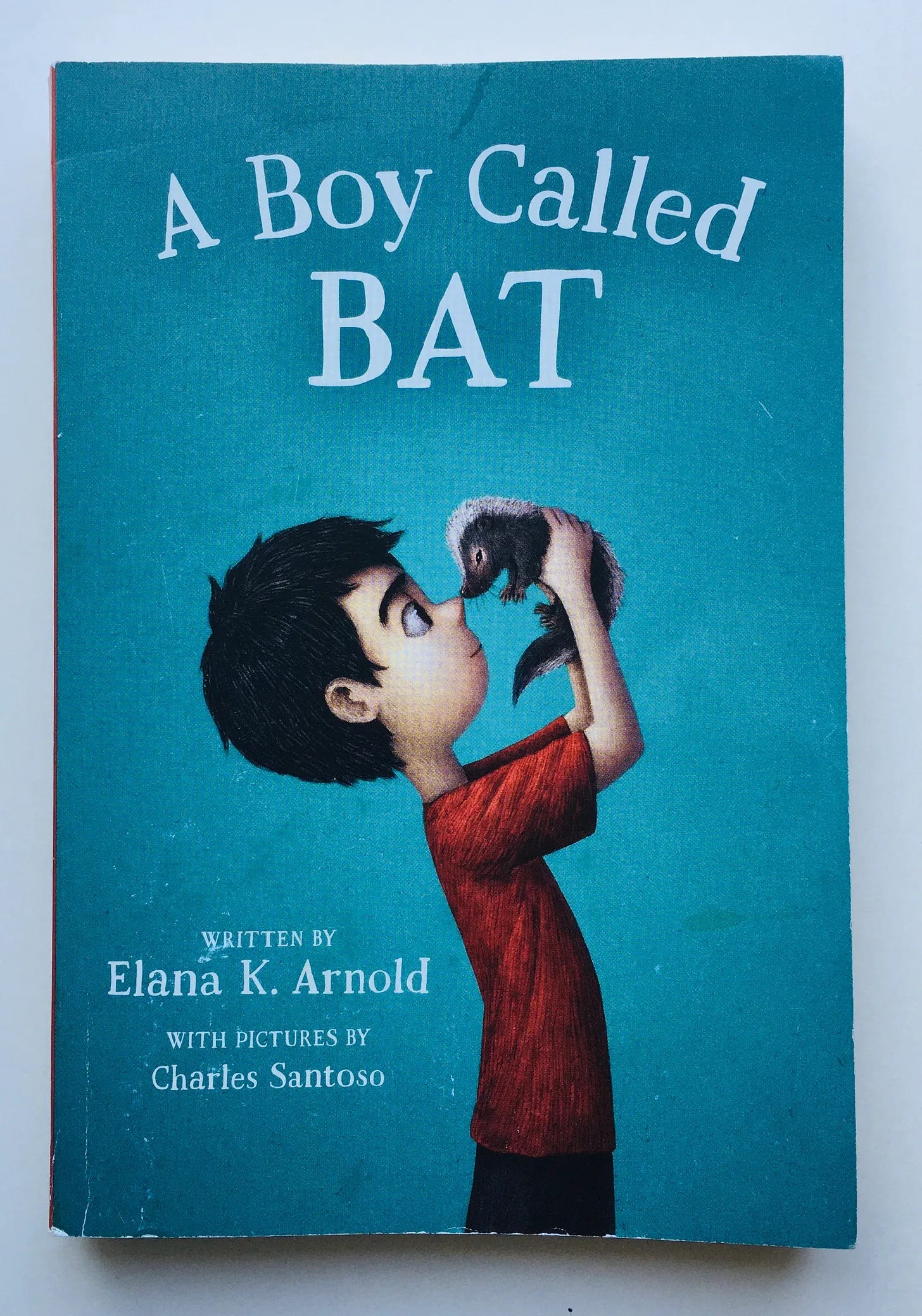
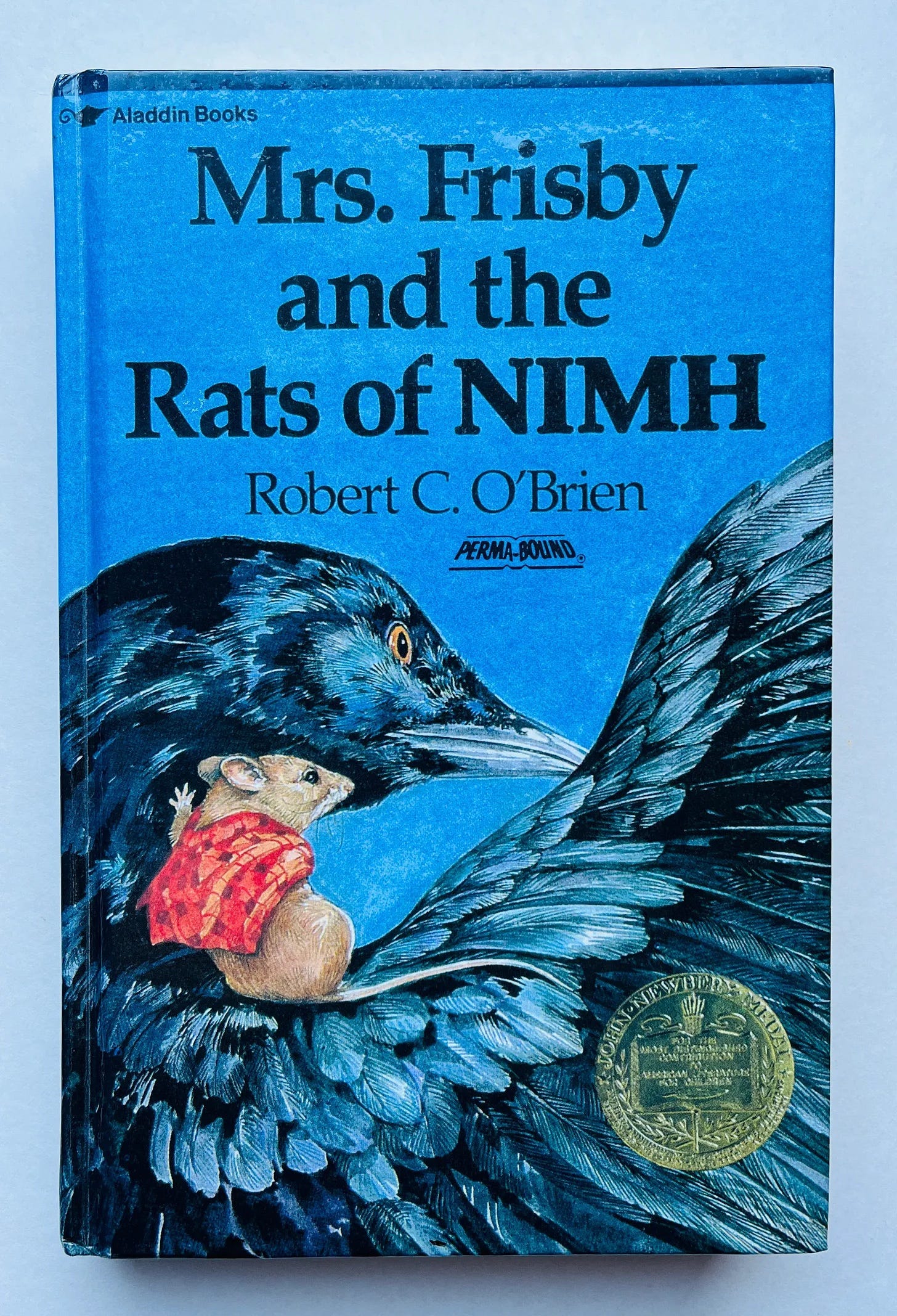
It's not BADGERING, Katie, it's internet friendship 😂 I'm so glad we met. You're doing a great job with MBH -- keep going!
A favorite "real life" friend and my two favorite newsletter writers in one place? I can hardly believe it.
Sarah always amazes me by having *even more* recommendations for reading. I've requested all of these books (except Ariki, which we already devoured). Thanks for sharing!